How to Increase Bacteria in a Septic Tank (3 Expert Tips and What to Avoid))
-

- Last updated:
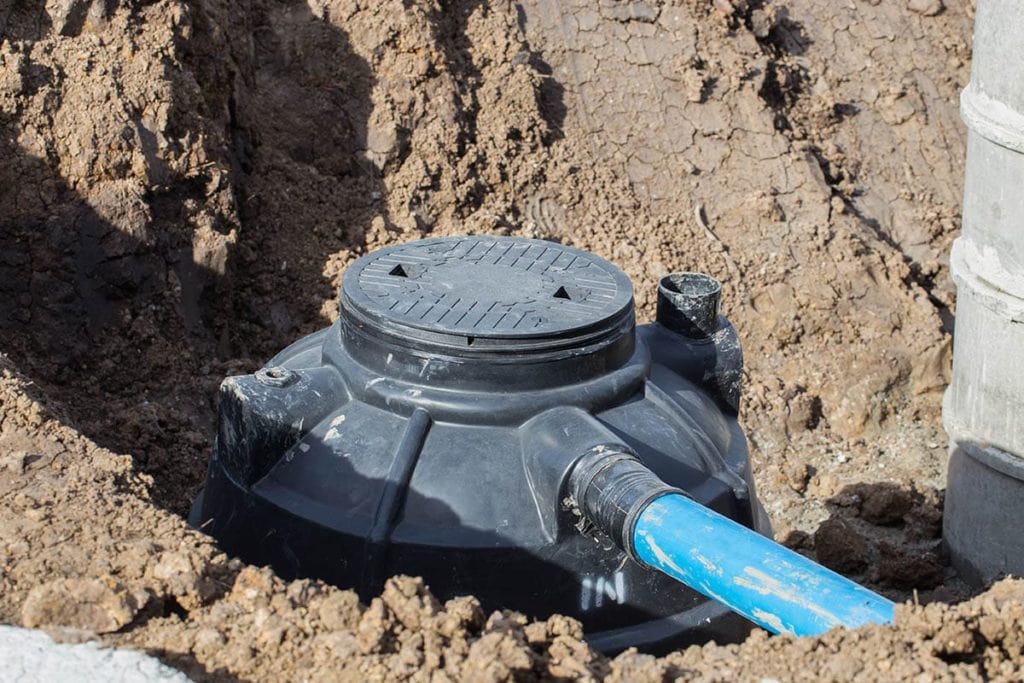
When you hear the word bacteria, you immediately feel like that is something you should avoid, but bacteria are also very beneficial and necessary, especially in a septic tank. Maintaining your septic tank is crucial and should not be ignored.
Keeping an ideal balance of bacteria in your septic tank plays a vital role in the breakdown of solid waste, and it is important to keep it working optimally, avoiding costly repairs and septic smells. Increasing bacteria in your septic tank is simple, and in this article, we’ll share some easy and cost-effective tips to help you maintain your septic tank.
 Why Do You Need Good Bacteria in Your Septic Tank
Why Do You Need Good Bacteria in Your Septic Tank
Bacteria play an important role in breaking down waste from your toilets and garbage disposal units. If this waste is not broken down, the septic tank will fill up quickly, requiring regular emptying, which can be costly and sometimes difficult. The bacteria help convert solid waste into a liquid, which slows down the filling process and prevents blockages.
Household detergents and bleaches quickly kill off useful bacteria, so your septic tank must be replenished to function optimally. Using natural methods, you can avoid using harsh chemicals and boost bacteria in your septic tank.
Top 3 Options for Adding Bateria Back into a Septic Tank
1. Yeast
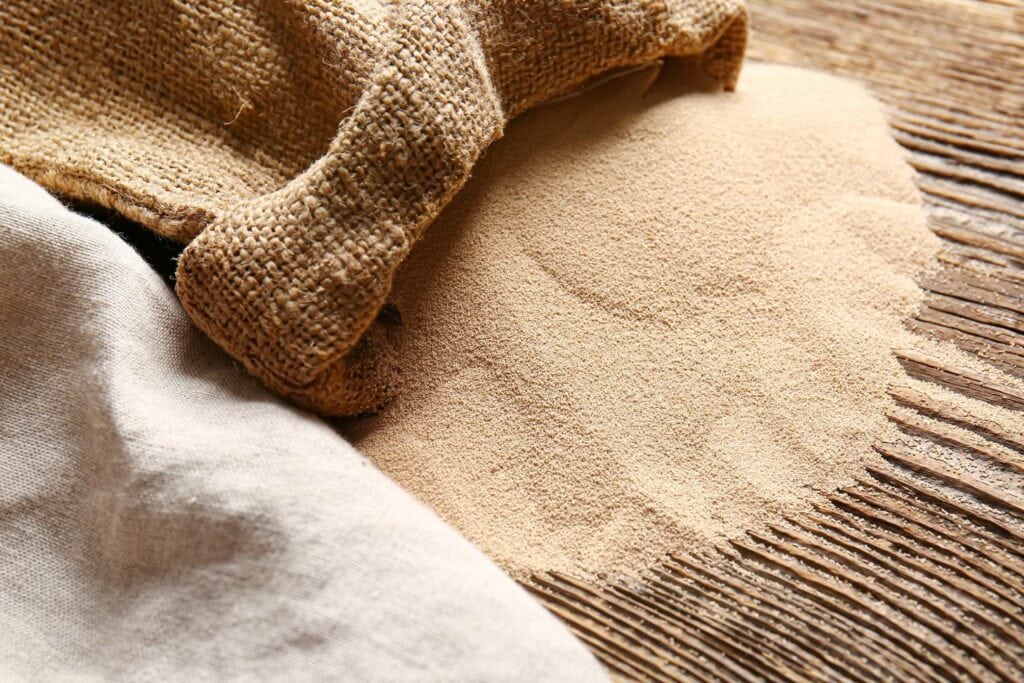
Yeast is an easy and cost-effective way of adding bacteria to your septic tank. This method only needs to be done once a month to maintain a healthy septic tank. Keep in mind that using too much yeast to get better and faster results will increase froth, eventually producing gasses and preventing solid waste from settling at the bottom of the tank.
Adding yeast to your septic is so simple. Empty a ¼ ounce of dry yeast into your toilet, flush it down, and let the yeast do the rest.
2. Rotten Tomatoes
Rotten tomatoes can significantly boost bacteria in your septic tank, so next time they go beyond their shelf life, don’t be too quick to throw them in the garbage. All you need is 3–4 rotten tomatoes every 4 months. Simply throw them into your garbage disposal and let them get to work.
This method is so simple and long-lasting, and it allows you to put your kitchen waste to great use. If you decide on this method and let your tomatoes rot in the septic tank, remember to keep them away from your fresh tomatoes to avoid affecting them.
3. Use Septic Additives
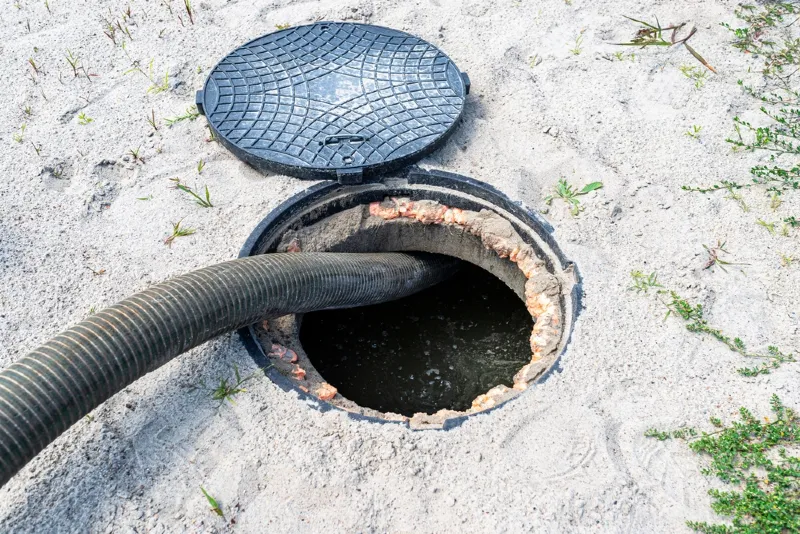
Septic additives are inorganic solvents that are made specifically to improve the conditions of a septic tank and are the quickest way to boost bacteria. When using an additive, it is crucial to ensure that it is suitable for a septic tank, as it can end up causing damage. If you need more clarification, seek the help of a professional.
 The 5 Ways to Prevent Killing Your Septic Tank Bacteria
The 5 Ways to Prevent Killing Your Septic Tank Bacteria
1. Use Natural Cleaning Products
Harsh cleaning products such as bleach are designed to kill bacteria. Using these chemicals regularly will also destroy the bacteria in your septic tank. You can avoid this by switching to natural cleaning products you can prepare yourself. Formulas made with salt and lemons work great, as well as baking soda and white vinegar, which is a popular alternative cleaning solution.
Instead of using antibacterial soaps that will kill the bacteria in your septic tank, try a natural soap in your shower to save your septic tank bacteria.
2. Use Toilet Friendly Toilet Paper
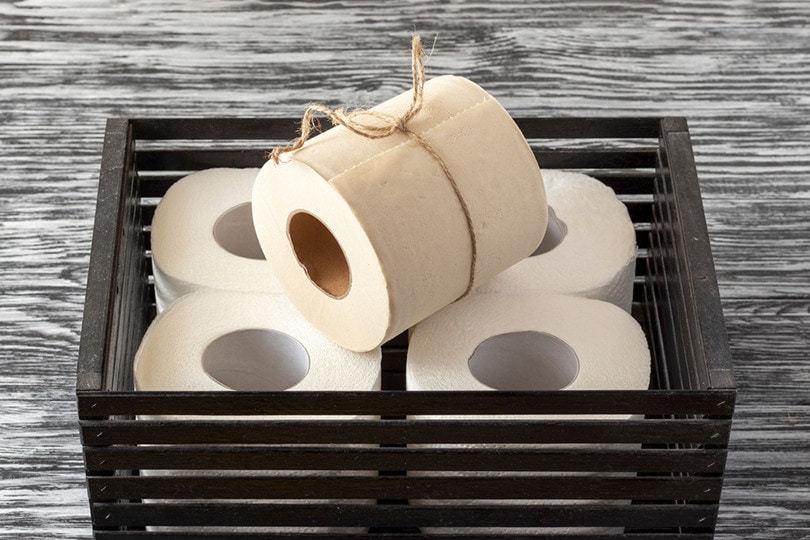
You may think that toilet paper is naturally toilet friendly, but that is not always the case. Some of the dyes found in some toilet papers are difficult for bacteria to break down. Choose white toilet paper or eco-friendly toilet paper that breaks down easily.
If you are unsure about your choice of toilet paper, you can perform a simple test to determine if it is suitable for your septic tank. Tear off a square or two and place it in a jar of water. Shake it up and watch how it breaks down. If it breaks down into smaller bits, it is suitable for your septic tank.
3. Don’t Flush Non-Flushables
Flushing any waste down the toilet is tempting because it is so quick and easy, but you need to be cautious about what you flush away with your toilet water. Materials that don’t compost or break down will disrupt your bacteria balance as the bacteria can’t break it down and can potentially block your pipes. These items should never be flushed down your toilet:
- Baby wipes
- Cotton products
- Menstrual products
- Condoms
- Floss
- Tissues and paper towels
- Cat litter
- Cigarette butts
- Diapers
- Bleach
- Medication
4. Avoid Pouring Grease Down the Drain
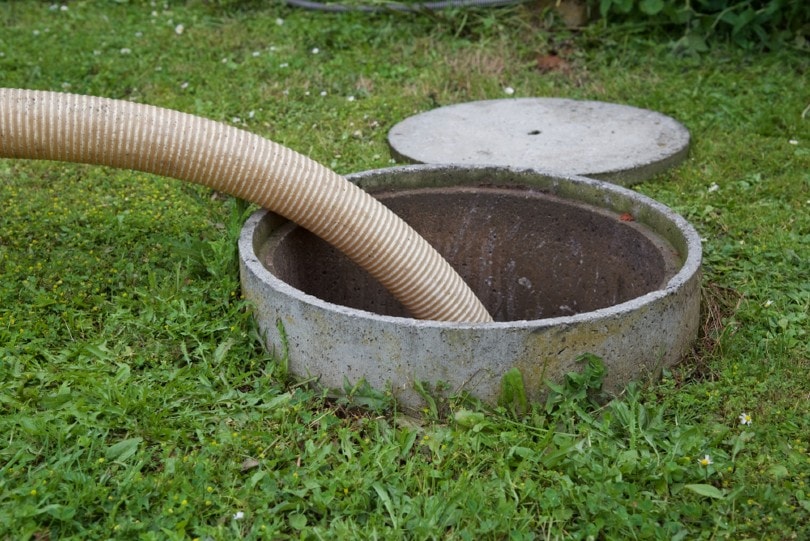
Pouring grease from your pan after cooking down the drain is very tempting, but it should be avoided for the sake of your septic tank and pipes. Grease solidifies when it cools down, which can potentially block your pipes and mess with the chemistry in your septic tank. The bacteria may not keep up with breaking it down, resulting in “fatbergs.”
Allow your grease to harden up, throw it in your trash, or put it in the fridge to reuse. Wipe away the excess cooking oil with a paper towel and throw that in the garbage.
5. Start a Preventative Maintenance Program
Prevention is always better than the cure, and your septic tank should be checked every 1–3 years. Make a habit of routine checkups by a professional to make sure your septic tank is in working order. In addition, prevent bacteria depletion by keeping up with preventative measures such as yeast, rotten tomatoes, or additives.
Consult a PLUMBING expert
Find a plumbing specialist in your area, and get free, no-commitment estimates for your project.

 Conclusion
Conclusion
The correct balance of bacteria is essential for a well-functioning septic tank, and the fastest way to increase the population of bacteria is to provide food for them to grow. If you are experiencing problems with your septic tank, that is a clear sign that the bacteria levels are not being sustained. Increasing bacteria is quick and simple, and making simple changes can help prevent useful bacteria from being killed off. Take a little extra time and care to maintain your septic take; it will save you a lot of money and hassle in the long run.
Featured Image Credit: Phattara Away, Shutterstock
Contents
 Why Do You Need Good Bacteria in Your Septic Tank
Why Do You Need Good Bacteria in Your Septic Tank The 5 Ways to Prevent Killing Your Septic Tank Bacteria
The 5 Ways to Prevent Killing Your Septic Tank Bacteria